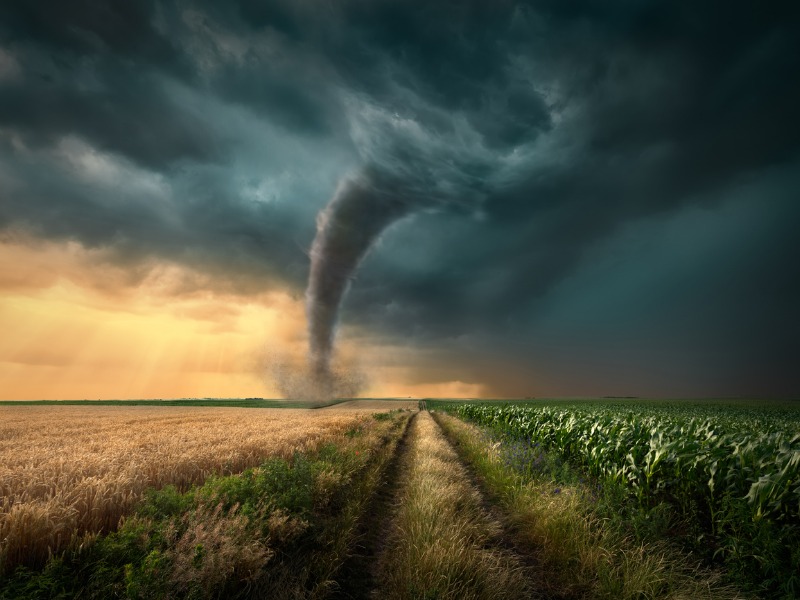
Is wind the new water?
June 8, 2022 by Alyssa DiSabatino

Print this page Share
When a storm hits, it’s no surprise that extreme wind can be a significant driver of insured losses — but wind may actually edge out water as the industry’s costliest weather event, said one industry expert.
“From 2008 to last year, if you look at windstorm over that period of time [it] edges out water [and] flood by a few billion dollars,” said Glenn McGillivray, managing director at the Institute for Catastrophic Loss Reduction, “and when you add in hail, it’s considerably more costly.”
Wind has long been an underlying issue for the industry’s insured losses.
“Wind has always been an issue — a sleeper in the background. If you look at the largest driver of property loss in the United States, it’s not flood and it’s not hurricane. So, what is it?” McGillivray posed. “Convective storm is the largest driver of loss and I suspect that’s the same here in Canada.”
Evident from the downed hydro poles, fallen trees and tornados spawned by the May derecho in Ontario and Quebec, high winds contributed heavily to the damage in what is being dubbed Canada’s first major Cat of the year.
But it wasn’t just wind that caused immense damage — the derecho also invited heavy rain and thunderstorms to the affected areas.
McGillivray says the derecho was comparable to a convective storm — albeit much bigger.
“The thing with convective storms is you can get a lot of rain, you can get a lot of wind-driven rain, you can get high winds, you can possibly get tornado, and possibly hail as well,” he said. “I would think if we looked at the numbers, we’d find that convective storm probably outstrips everything else because it encompasses so many things.”
These weather perils often go hand-in-hand, he said. “You can’t get a tornado without a convective storm; you have to have a thunderstorm to get a tornado. All these things, they kind of mesh together.”
Out of a total of 204 catastrophe events recorded by the Insurance Bureau of Canada between 1983 and 2016, 127 were at least partially caused by storm, hurricane, wind, windstorm or tornado, according to an ICLR report on high wind safety.
And while wind is covered under the standard homeowner policy, “that’s not the case with water,” McGillivray said.
Introduced to the marketplace in the years following the 2013 Calgary flooding, not every policyholder has, or even qualifies, for overland flood coverage, meaning the damage is often uninsurable.
However, wind doesn’t have to be a thorn in the sides of insurers and developers.
There are relatively easy measures stakeholders can take to mitigate wind risk: building roofs using prefabricated, engineered trusses, and installing slightly thicker roof sheathing and anchor bolts to secure continuous load paths, are among the measures suggested in ICLR’s report.
Following the Barrie tornado that caused over $250 million in “largely preventable” damages last summer, stakeholders are pleading for a re-think of the Ontario Building Code.
The City of Barrie wrote a submission to the province proposing amendments to the Ontario Building Code on May 18.
“The tornado provided an opportunity to see the weaknesses in how houses are currently built. The tornado dismantled the homes to varying degrees. What was left provides insight into how things can improve,” wrote Barrie’s chief building official Michael Janotta, in a letter to the Ministry of Municipal Affairs and Housing.
“I have researched information about tornados, looked at the specific damage in Barrie, reviewed the current Code provisions and met with industry experts to determine if and how such devastation could be reduced or possibly eliminated,” Janotta wrote. “The results of that work suggest that it is quite likely that most of the structural damage, which occurred because of the EF2 tornado, can be significantly reduced or eliminated.”
Feature image by iStock.com/Rasica